If you're a kitchen professional or someone who spends significant time working in the culinary field, you've probably come across a wide variety of cutting boards. From plastic to wood, materials differ, and you might have stumbled upon a term that sparks curiosity - o-xylene. This raises some crucial questions: What exactly is o-xylene? How does it relate to cutting boards? Why is it even mentioned alongside kitchenware? Let us help you explore the answers.
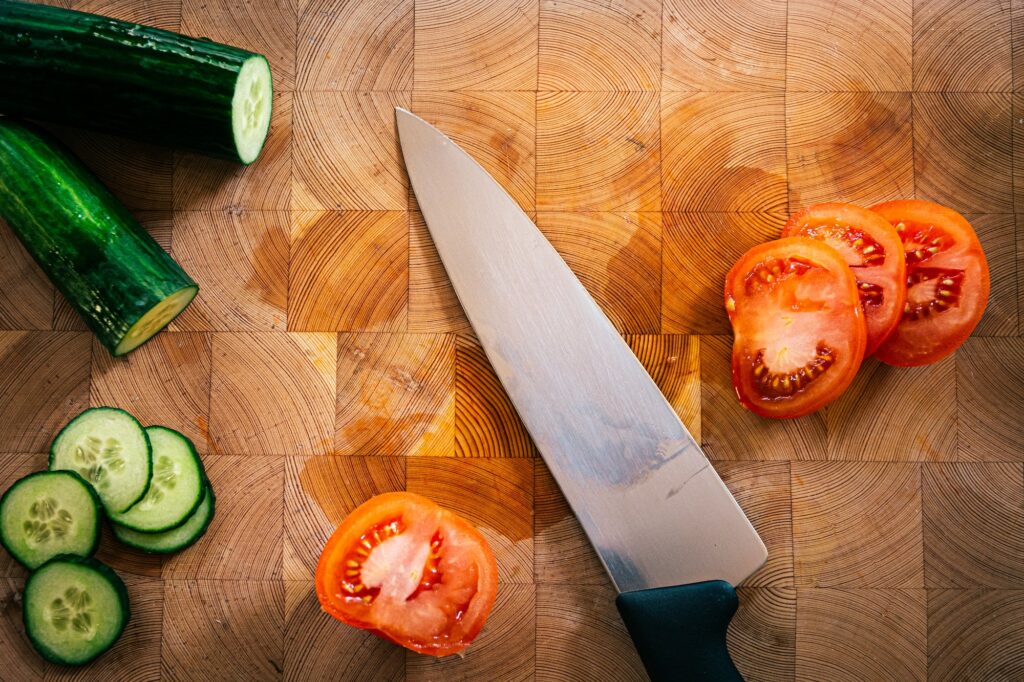
Understanding the Chemistry: What is O-Xylene?
O-Xylene, also known as ortho-xylene, is an organic compound in the aromatic hydrocarbon family. It is primarily derived from crude oil and is widely used as a solvent or raw material in the manufacturing of various products, including plastics. O-Xylene is specifically a dimethylbenzene isomer, and its chemical formula is C8H10.
While o-xylene isn't directly an ingredient in cutting boards, its connection lies in the materials used to create certain kitchen surfaces. For instance, proper hygiene for cutting boards often comes up in discussions of materials and their chemical properties. Some plastic cutting boards contain components that originated from o-xylene, linking it indirectly to what you use in your kitchen.
Is O-Xylene Safe in Cutting Boards?
Safety is paramount in kitchens, especially those run by professionals. When discussing cutting board safety, it is crucial to examine whether the presence of any chemical in your tools significantly impacts food safety. While indirect derivatives of o-xylene might end up in certain plastic boards, they are treated and processed to ensure minimal leaching or food-contact risks.
Still, it's worth noting that, over time, these boards can wear down or develop grooves. If you're concerned about hygiene, consider reading how to clean wooden cutting boards to maintain your kitchen's safety standards.
Wood vs. Plastic: The Ongoing Debate
When contrasting materials, most kitchen experts agree that wooden cutting boards are the gold standard for professional settings. Why? They're naturally antimicrobial and less likely to be tied to chemicals related to compounds like o-xylene. However, wood does come with its own maintenance challenges. You might find articles like why wooden cutting boards warp helpful in navigating the care for these natural tools.
On the other hand, plastic cutting boards hold their own advantages. Lightweight, nonporous, and readily available in various sizes, they often find a spot in busy food-prep environments. Yet, their connection to synthetic materials makes them a point of concern when you factor in chemical exposure over time.
Tips for Choosing the Right Cutting Board
- Check the certification or material composition. Boards with food-safe certifications are generally free of harmful residues or gas-off chemicals like o-xylene derivatives.
- Assess your use caseplastic boards work well for raw proteins, while wooden ones are superb for fruits, herbs, and baked goods.
- Maintain cleanliness. Read tips on removing grease from wooden boards to extend their longevity.
The Bigger Picture: Food Safety and Sustainability
Beyond the o-xylene debate, kitchen professionals should focus on the bigger picture of safety and sustainability. Always ensure you thoroughly sanitize your boards. For cross-contamination concerns, follow expert-recommended practices, such as preventing cross-contamination with cutting boards.
Additionally, consider sustainability when purchasing cutting boards. Wood is biodegradable but requires responsible harvesting practices. Plastics, while durable, should be recyclable to avoid environmental harm.
Conclusion
So, what is o-xylene in cutting board? Despite its indirect link through some plastic manufacturing processes, o-xylene shouldn't be your primary concern. Focus on the quality, material, and maintenance of your boards, alongside hygiene and environmental impact. Understanding these aspects ensures better kitchen operations and peace of mind in your culinary endeavors.
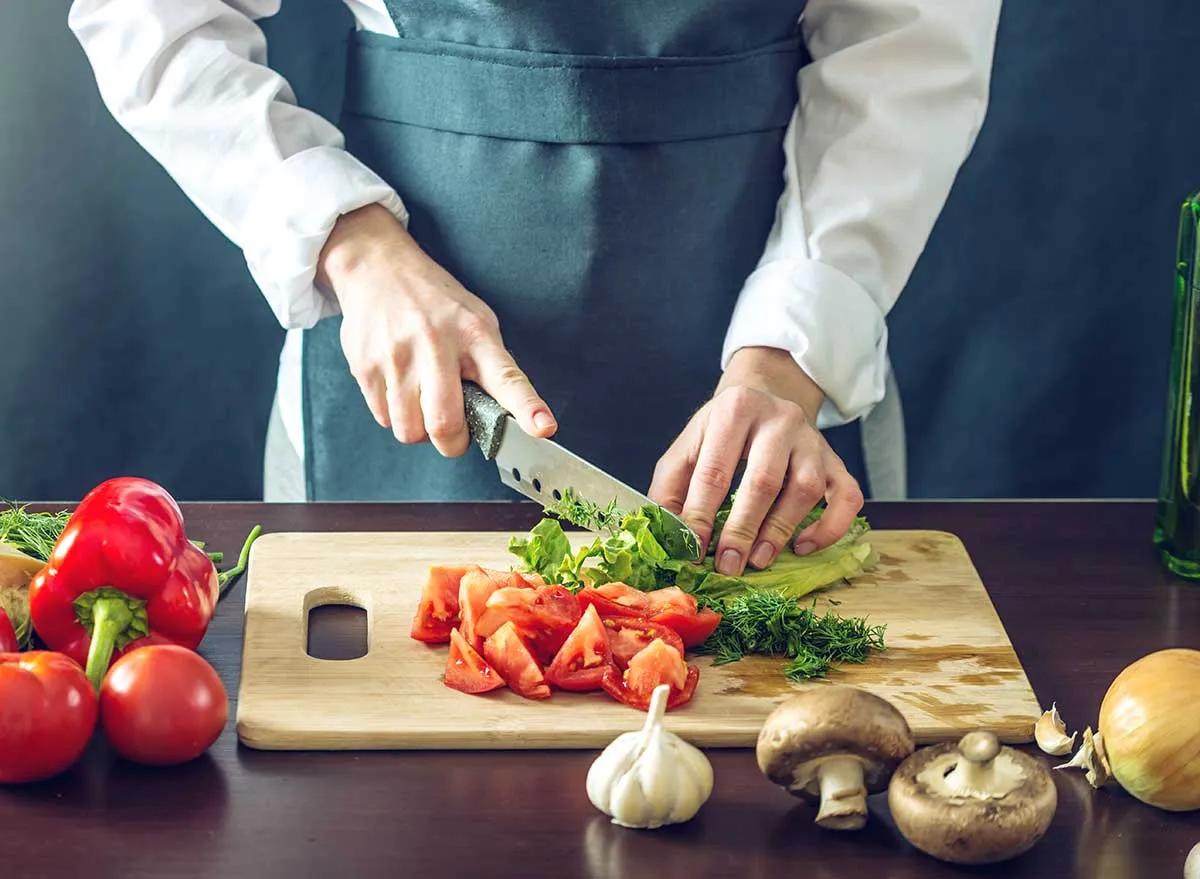
FAQ
- Is o-xylene always present in plastic cutting boards? Not necessarily. While some plastics involve o-xylene derivatives in their manufacturing, not all boards will contain traces of such compounds.
- Are wooden boards entirely free of chemicals? Naturally, wood itself is chemical-free. However, boards sealed with certain finishes or glues could contain synthetic additions. Opt for untreated or food-safe options.
- How do I clean cutting boards effectively? Cleaning varies by material. Plastic boards can go into dishwashers, while wooden options require mild soap and air drying. Learn specific techniques from top-notch cutting board guides.
This article contains affiliate links. We may earn a commission at no extra cost to you.

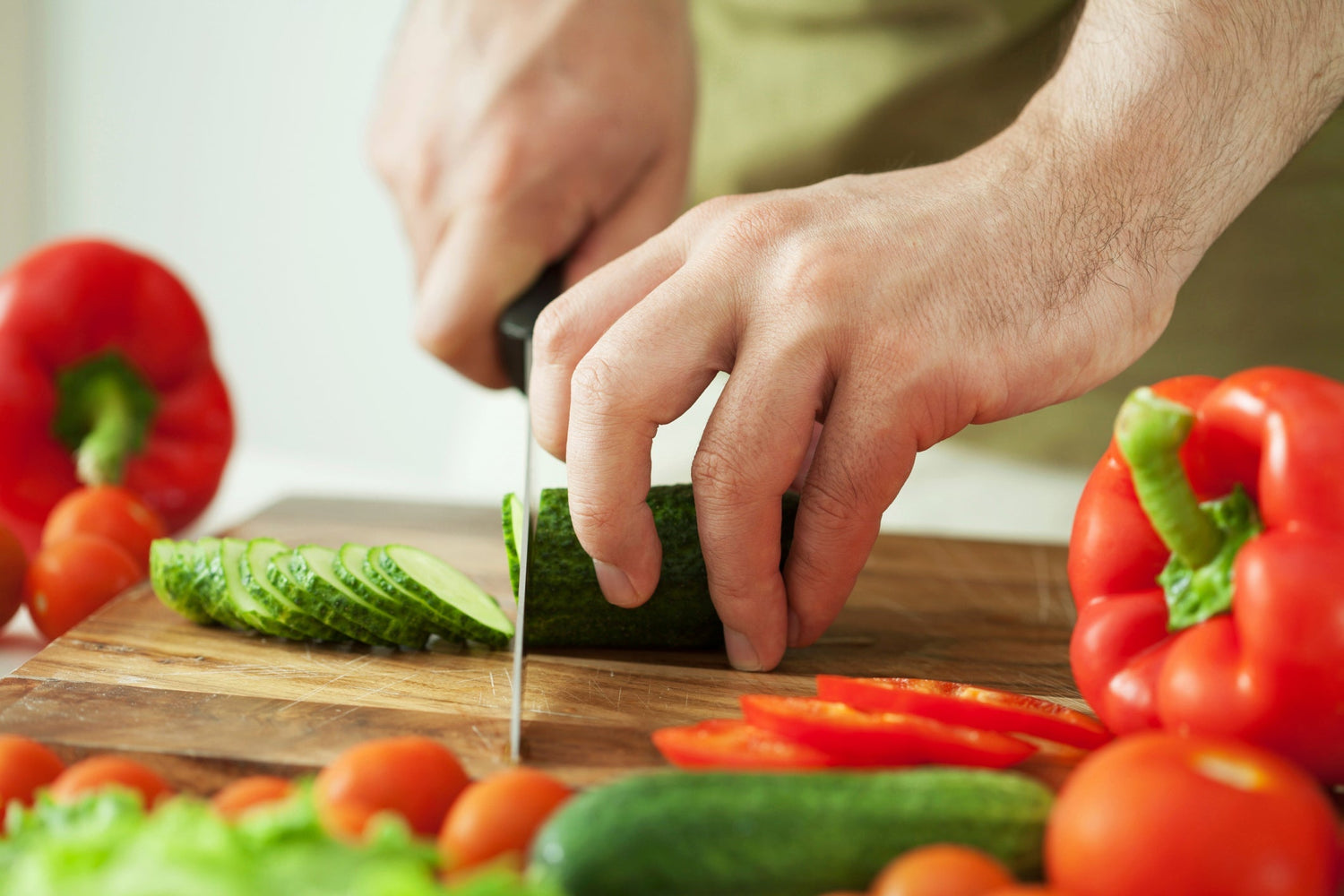


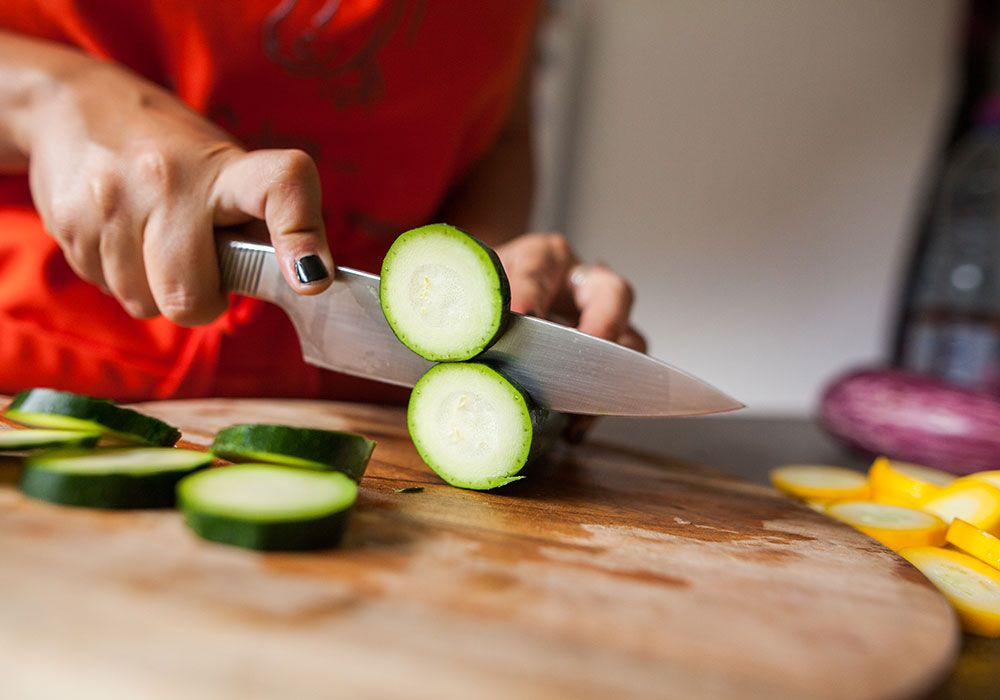
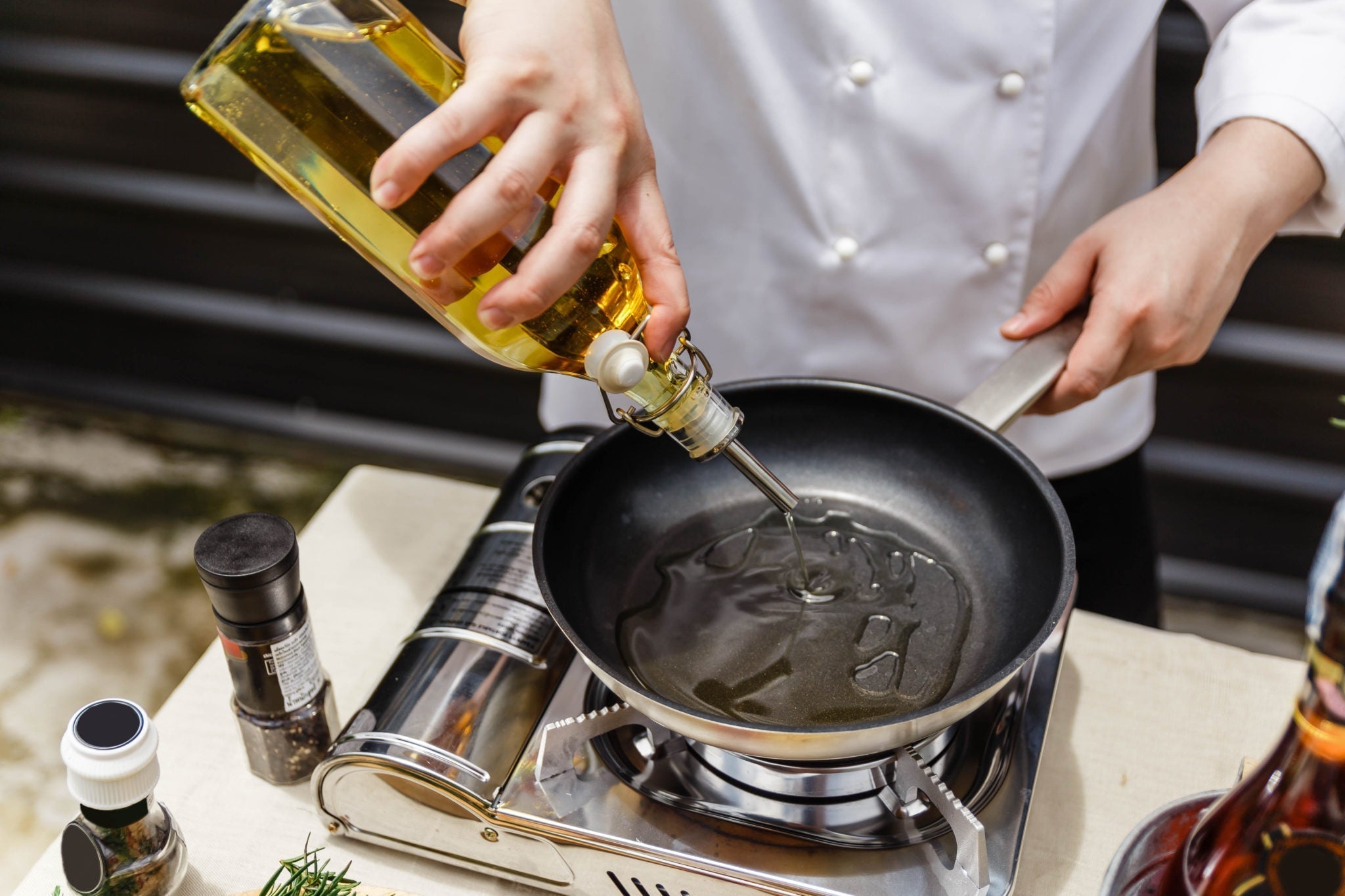
Leave a comment
This site is protected by hCaptcha and the hCaptcha Privacy Policy and Terms of Service apply.